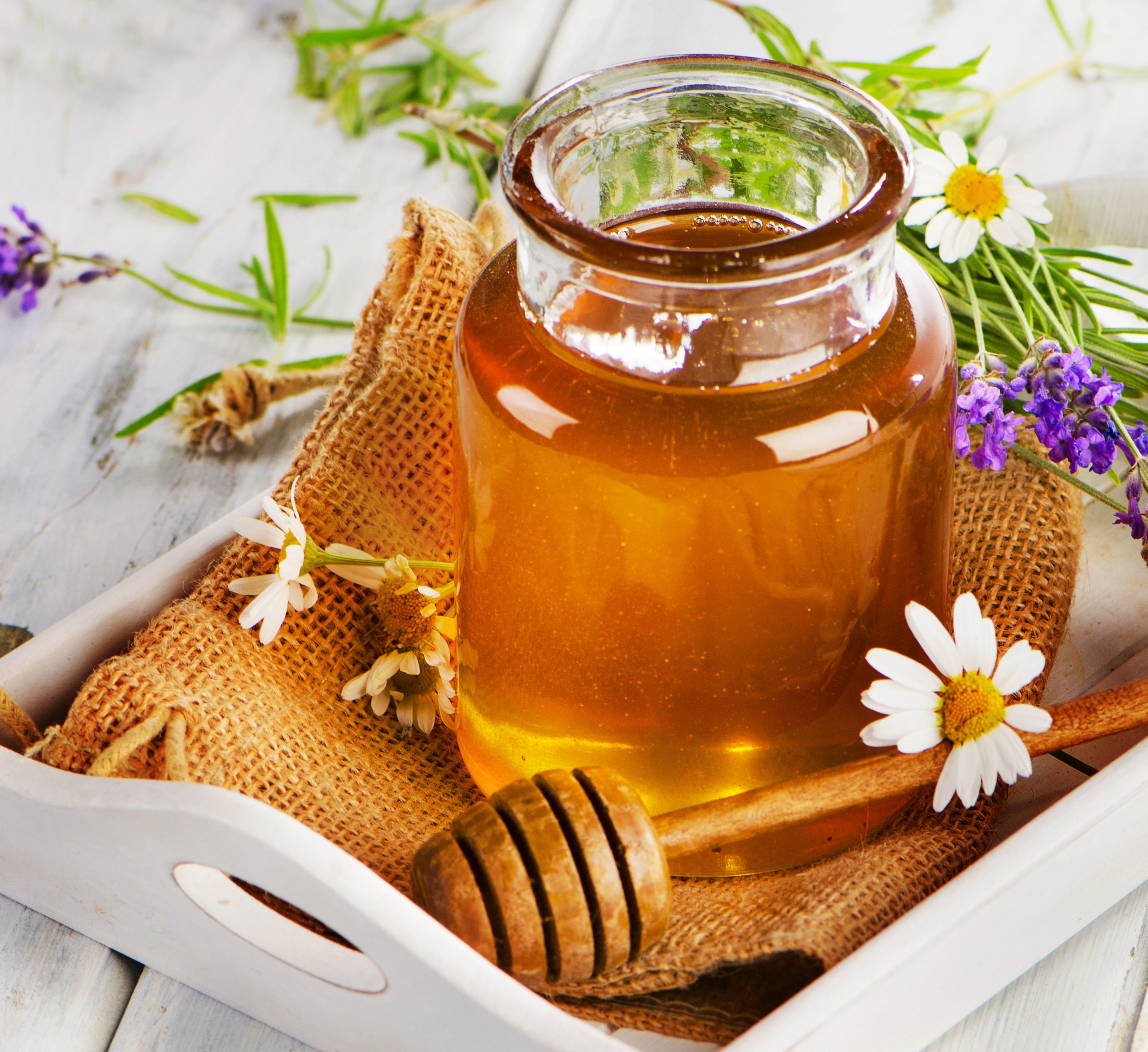Manuka Honey: A Quick, Flavorful Profile
February 26, 2016
The variety of different honeys in the world cannot be underestimated, but let's talk Manuka honey, the darling of New Zealand! After exploding onto the market in the last few years, Manuka honey is highly sought after on a global level for its flavor and soothing properties. As avid fans of this rare blend of sweet and rich flavors, it never hurts to get to know it just a bit more--where it originates, its various properties, and for new buyers of Manuka honey, a quick profile of how the flavor hits the palate.
Manuka honey is primarily obtained in New Zealand (and to smaller extents Australia) from the Manuka or Tea Tree and also from the Kanuka or White Tea Tree. Standing around 15 meters tall, the two trees are noticeably distinguishable--the Manuka tree having small, prickly leaves and the Kanuka bearing smooth foliage--although many will say that their honey is indistinguishable by pollen, taste, and aroma.
Despite its popularity, Manuka was considered an invasive weed and was targeted for eradication in 1950s New Zealand. The honey was considered low quality largely because of its jelly-like consistency that made it hard to extract from hives; however, it has been recognized as ecologically important to its environment and a crucial natural resource in New Zealand, with many north and south islanders having used it for sore throats and its abilities to settle upset stomachs and intestinal complaints. Because Manuka honey is primarily available in New Zealand, there are chances to get organic versions of the honey, considering that New Zealand has many “clean and green” policies.
The unique flavor of Manuka honey comes as a result of the chemical properties that distinguish it among other honeys. With thixotropic (gel-like) properties, Manuka honey is slow to granulate and forms coarse crystals, and for this reason the honey is often creamed to capitalize on the entire grab and maintain the flavor. At the end of that process, the color takes on a dark cream, tan, or dark brown, depending on each jar. Many have also noted a distinct, aromatic scent, while the tastes amounts to damp earth and heather notes, a cool eucalyptus taste, and rich flavors of mineral, barley sugar, and herbs. The level of sweetness is around a medium level (with the sugar not overpowering the other flavors)--in its creamed form, the honey has a cool and smooth feel in the mouth, and it is particularly good as comb honey.
So, that is Manuka honey in a brief 400 or so words, though it’s likely that any pictures you find will provide an extra thousand a piece. If you weren’t sure before about trying Manuka honey, then hopefully like a successful first date this has encouraged you to get to know it even more. The benefits of such an endeavor will go far and wide!


.jpg)




